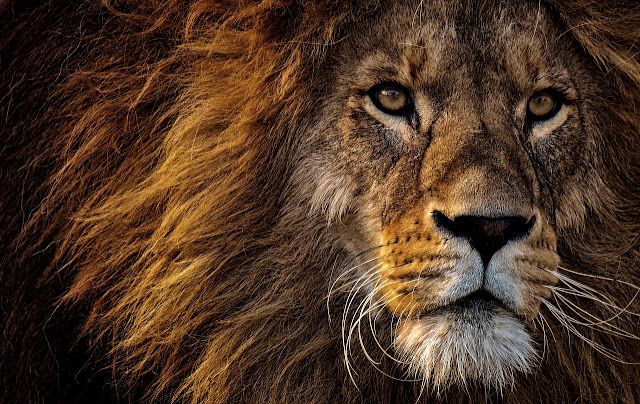The Wild, Untamed Horses on Mustang Island
Mustang Island is home to the only wild and untamed herd of horses in the United States. The horses, originally from Spain, were brought to the island by Spanish explorers in the late 1700s. They thrived on the island’s rich land and lived peacefully for centuries. However, as development increased and Mustang Island became a tourist destination, it was clear that these horses needed more space than they had been given. So in 1990, Mustang Island was turned into a national park and now houses about 280 horses – all descendants of those first Spanish explorers.
Why Mustang Island is Unique
As fascinating as the island’s horses are, they are only one of the many attractions at Mustang Island. Along with the herd of wild horses, the park features the largest natural spring on an island, some of the last salt marshes remaining in the Gulf Coast region, and it’s home to a variety of birds and wildlife. Along with the more than one million visitors who visit Mustang Island each year, the ranch hosts more than 20,000 schools and has formed partnerships with a number of organizations, including both the Institute for Conservation Research and the Alliance for Pest Management. As one of the Gulf’s most beautiful spots, Mustang Island is also the most southern protected wildlife refuge in the country.
The Mustang Island Horses
Horse sightings are rare. It is estimated that less than 10% of visitors on Mustang Island are lucky enough to see these rare horses roaming the island. Even fewer people will ever see them at rest. The horses are wild and live a secluded life. Some horses spend their days roaming on the island. Others prefer the barn. The horses are fenced in and often eat grain. They have four full-time keepers that take care of their daily needs.
The horses are fed a ration that consists of an equal mix of forage (mostly Bermuda grass) and grains (like a high-energy supplement to help them get the nutrients they need). A greater portion of the mix consists of their roughage, including alfalfa.
What the Future Holds for Mustang Island
On February 1, 2019, approximately 120 horses will leave the island and voyage to Galveston. By September 30, the Galveston Livestock Exchange will offer adoption and exhibition space for these horses. With the deadline fast approaching, several groups are interested in rehabilitating the horses so that they can return to their home on Mustang Island. The Mustang Island Preservation Society, Mustang Island Horse Rescue, and other equine rescue organizations are actively working on this initiative and are soliciting donations. If you are interested in donating to the cause or want to become involved in its future development, click here for more information.
How to Visit Mustang Island
Visitors to Mustang Island can only access the island by boat or take a guided tour with a local tour guide. The island can only be accessed by seaplane. The best way to see the island is by taking a tour through Rascal Jet Charters because you get to see the island from a unique perspective. Rascal Jet Charters is the only tour company to offer a private seaplane experience and offer roundtrip, 2-hour tours for $70 per person.
There are seven islands along the 5-mile Mustang Island causeway: Mustang Island, Rio Grande, Panther Island, Copper Island, Raper Island, Charles Island, and Holter Island. Five of these islands have dry land, and two (Charles Island and Holter Island) have waterways and are accessible only by boat.
Conclusion
Mustang Island provides an incredible tourist attraction, and the wild horses certainly are beautiful and wild, but it’s important to keep in mind that they are no longer free-roaming horses – they are trapped on a small, rocky island with no way to escape, and they need our help.





Comments